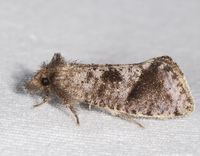
| Recorded by: David George, David Bradley, Becky Watkins, David Cheng, Michelle Lotker, Tracy Feldman, et al. on 2025-06-28
Durham Co.
Comment: | 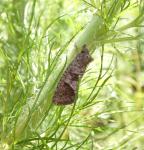
| Recorded by: F. Williams, S. Williams on 2025-06-18
Gates Co.
Comment: |

| Recorded by: Mark Basinger on 2025-06-05
Wilson Co.
Comment: | 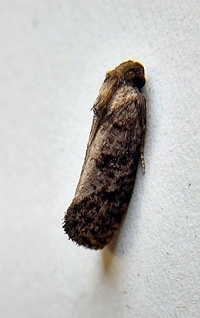
| Recorded by: Mark Basinger on 2025-06-05
Wilson Co.
Comment: |

| Recorded by: R. Newman on 2024-08-13
Carteret Co.
Comment: | 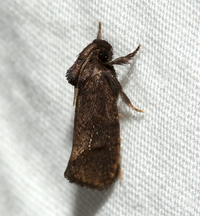
| Recorded by: David George, Jeff Niznik, Stephen Dunn on 2024-08-02
Chatham Co.
Comment: |

| Recorded by: David George, Jeff Niznik, Patrick Coin, Steve Hall, Carol Tingley, Tom Howard on 2024-07-27
Chatham Co.
Comment: | 
| Recorded by: David George, Jeff Niznik on 2024-07-08
Chatham Co.
Comment: |
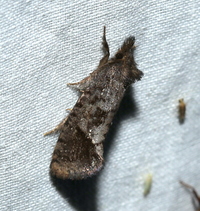
| Recorded by: David George on 2024-07-04
Chatham Co.
Comment: | 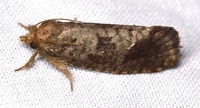
| Recorded by: David George, Jeff Niznik, Stephen Dunn on 2024-06-29
Chatham Co.
Comment: |
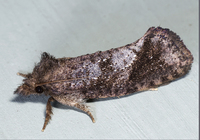
| Recorded by: John Petranka on 2024-06-23
Orange Co.
Comment: | 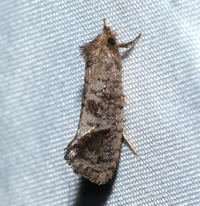
| Recorded by: David George, Stephen Dunn, Jeff Niznik, Patrick Coin on 2024-06-22
Chatham Co.
Comment: |
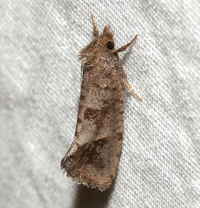
| Recorded by: David George, Stephen Dunn, Jeff Niznik, Patrick Coin on 2024-06-22
Chatham Co.
Comment: | 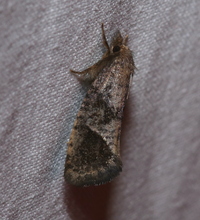
| Recorded by: David George, Steve Hall, Patrick Coin, Mark Basinger on 2024-06-16
Chatham Co.
Comment: |

| Recorded by: John Petranka on 2024-06-11
Orange Co.
Comment: | 
| Recorded by: David George, Tracy Feldman, Jeff Niznik, Rich Teper, Patrick Coin, Becky Watkins on 2024-06-08
Wake Co.
Comment: |

| Recorded by: Jim Petranka on 2023-08-14
Madison Co.
Comment: | 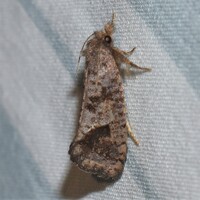
| Recorded by: David George, Stephen Dunn, Jeff Niznik on 2023-07-13
Orange Co.
Comment: |

| Recorded by: Jeff Niznik on 2023-07-12
Chatham Co.
Comment: | 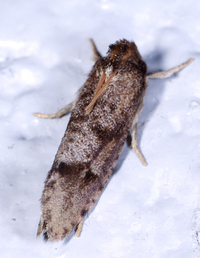
| Recorded by: John Petranka on 2023-07-10
Person Co.
Comment: |

| Recorded by: David George, Jeff Niznik on 2023-07-09
Orange Co.
Comment: | 
| Recorded by: David George, John Petranka on 2023-07-07
Orange Co.
Comment: |

| Recorded by: David George, Stephen Dunn, Jeff Niznik on 2023-07-06
Orange Co.
Comment: | 
| Recorded by: John Petranka on 2023-07-06
Orange Co.
Comment: |

| Recorded by: K. Bischof on 2023-07-05
Transylvania Co.
Comment: | 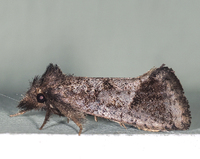
| Recorded by: John Petranka on 2023-07-04
Orange Co.
Comment: |

| Recorded by: Jeff Niznik on 2023-07-04
Orange Co.
Comment: | 
| Recorded by: Jeff Niznik on 2023-06-27
Durham Co.
Comment: |
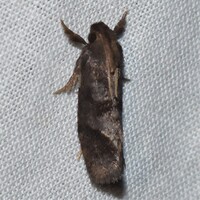
| Recorded by: David George, Jeff Niznik on 2023-06-11
Chatham Co.
Comment: | 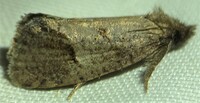
| Recorded by: Dean Furbish on 2022-07-26
Wake Co.
Comment: |
|

 »
»

